Are you ready for tax season?
by Lynn Viesti Berube
Filing your tax forms can bring financial relief in the form of a refund or financial devastation in the form of an audit. Planning ahead is a great way to make sure you maximize your refund and ensure your financial health. Make the best of tax season and lower your chances of getting audited with these tips:
File as early as possible. You’ll beat the rush as April 15 nears, and you’ll have time to catch and fix mistakes before the tax deadline. If you are due a refund, you’ll get it sooner. If you owe, preparing your taxes early will give you time to plan for making your payment. Also, you may be less at risk for identity fraud if you file early because it makes it less likely someone can file in your name over the coming months. One caveat: Be careful about using tax preparation companies that advertise giving you your refund immediately, before your return is filed. This may actually be a loan, and you may be required to pay it back with high interest. Read the fine print.
Keep receipts to take advantage of deductions. Most taxpayers take the standard deduction, but if you have deductible expenses above and beyond the standard amount, it may benefit you to itemize. Be sure you have receipts from throughout the year for the expenses you plan to deduct, and that they match the amounts you are claiming on your return. Be careful, however. Itemized deductions could trigger an audit. Be sure to do your research concerning deductions for business use of your vehicle, meals, home office, charitable donations, and home buying.
Keep track of possible tax credits for life changes. Life changes such as becoming a parent, purchasing a home for the first time, or pursuing higher education can qualify you for tax credits. Credits are different from deductions as they directly reduce tax liability, so they reduce taxes dollar for dollar. If you had a major life change in 2015, it may qualify you for a credit.
Avoid audit triggers. First, don’t rush your return. Take your time with it, and get professional help from a qualified tax preparer, if needed. Mistakes—even simple ones like misreporting your filing status or your income—can trigger an IRS audit. If you do itemize deductions, stay within the rules and don’t try to inflate them or claim them twice. For example, deducting mileage for the vehicle you use to deliver products for your home-based sales business is fine, but claiming a vehicle you only use for business purposes once in a while isn’t. Likewise, if you own a business and claim a loss year after year, the IRS may want to investigate.
Do you have questions about specific deductions? The IRS has help available by telephone or you can speak to someone in person at select locations. Find more information here.



